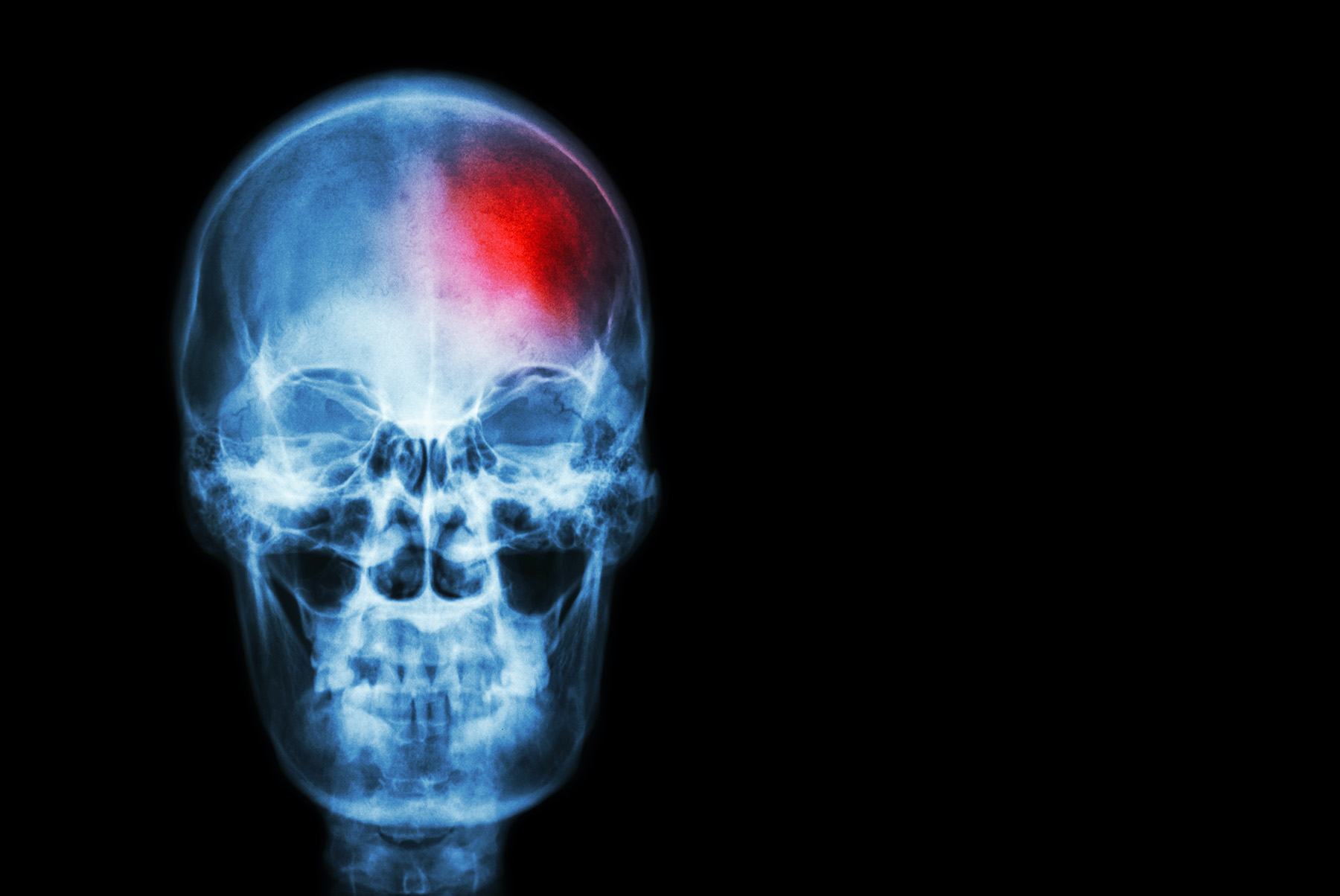Stem Cells: A Breakthrough in Stroke Treatment?

Research shows promise for a faster and fuller recovery.
The world of stroke treatment is changing at an incredible pace. Novel stem cell therapies are producing remarkable – and surprising – results.
Millions of brain neurons die within minutes after any stroke.
The dead cells can’t be restored. However, Dr. Dileep Yavagal, the University of Miami Health System’s Chief of Interventional Neurology, said the brain tissue around the dead area remains alive but non-functioning. Surprisingly, he said, research has found that stem cells target the area and “secrete chemicals that save that tissue and, essentially, rejuvenate it.”
“Mother nature repairs brain tissue in every stroke patient,” he said. “But, given the complexity of the brain, the repair is very inadequate in most cases.”
The University of Miami Health System has one of the largest comprehensive stroke programs in the country. And now, Dr. Yavagal’ co-authored a study, which was published in The Lancet Neurology, which is taking science even further to improve the effectiveness of stroke treatment to decrease disability from stroke.
His UM lab is the first to show a safe and effective method to deliver stem cells into distant brain arteries in the area of a stroke and set up powerful “drug factories” to fuel the repair process, magnifying what the body is already doing to fix itself.
And, in the recent clinical trial, he found evidence that giving stem cells, obtained from bone-marrow from healthy donors, between 36 and 72 hours after the stroke begins produces “significant benefit in decreasing disability at 3 months of recovery from stroke.”
Patients recovered faster from the lingering disability caused by the stroke.
While the results involved too small a group to be considered definite, Dr. Yavagal said, “this is very promising.”
If a larger study shows similar effects, he said he can foresee a time in the not-too-distant future where combining thrombectomy with stem cells “will give us an ability to really turn stroke into something like a fracture, where we completely repair it.”
This isn’t the first time University of Miami Health System researchers have pioneered advancements in stroke treatment.
Just a couple of years ago, doctors relied on clot-busting drug (tPA) through the vein to re-open a stroke patient’s clogged vessels and get blood flowing in the brain. As the minutes ticked by before the drugs took effect, the extent of the brain damage in patients increased.
Today, using the drug in combination with a catheter-based system for clearing the blockage that UHealth doctors helped pioneer, has become the international standard of care.
Previously, Yavagal said, “we would have all these paralyzed patients who we really couldn’t do anything for, except send them to rehab.”
“That has completely changed, to where as many as seven out of 10 people could be walking out if they all came within six hours of the start of their stroke symptoms. And we’re actually seeing that on a day-to-day basis now.”
The Lancet Neurology, Volume 16 , Issue 5 , 360 – 368
Written by a UHealth staff writer.
Tags: Dileep Yavagal, interventional neurology, Lancet Neurology, stem cells, stroke
